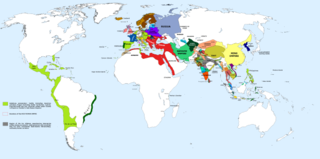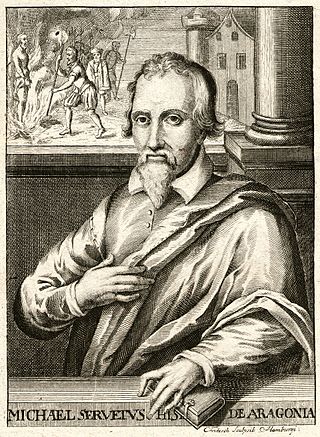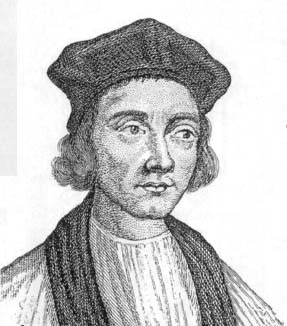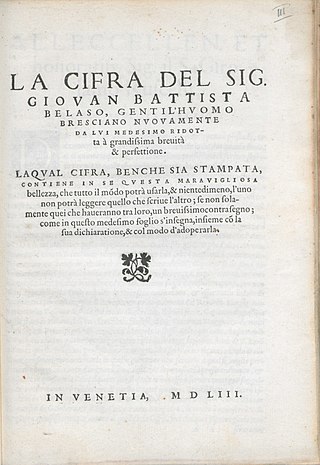Related Research Articles

1617 (MDCXVII) was a common year starting on Sunday of the Gregorian calendar and a common year starting on Wednesday of the Julian calendar, the 1617th year of the Common Era (CE) and Anno Domini (AD) designations, the 617th year of the 2nd millennium, the 17th year of the 17th century, and the 8th year of the 1610s decade. As of the start of 1617, the Gregorian calendar was 10 days ahead of the Julian calendar, which remained in localized use until 1923.

Year 1546 (MDXLVI) was a common year starting on Friday of the Julian calendar.

1616 (MDCXVI) was a leap year starting on Friday of the Gregorian calendar and a leap year starting on Monday of the Julian calendar, the 1616th year of the Common Era (CE) and Anno Domini (AD) designations, the 616th year of the 2nd millennium, the 16th year of the 17th century, and the 7th year of the 1610s decade. As of the start of 1616, the Gregorian calendar was 10 days ahead of the Julian calendar, which remained in localized use until 1923.

The 1550s decade ran from January 1, 1550, to December 31, 1559.

Year 1553 (MDLIII) was a common year starting on Sunday of the Julian calendar.

Year 1515 (MDXV) was a common year starting on Monday of the Julian calendar.

The Vigenère cipher is a method of encrypting alphabetic text where each letter of the plaintext is encoded with a different Caesar cipher, whose increment is determined by the corresponding letter of another text, the key.

Michael Servetus was a Spanish theologian, physician, cartographer, and Renaissance humanist. He was the first European to correctly describe the function of pulmonary circulation, as discussed in Christianismi Restitutio (1553). He was a polymath versed in many sciences: mathematics, astronomy and meteorology, geography, human anatomy, medicine and pharmacology, as well as jurisprudence, translation, poetry, and the scholarly study of the Bible in its original languages.

Cuthbert Tunstall was an English humanist, bishop, diplomat, administrator and royal adviser. He served as Bishop of Durham during the reigns of Henry VIII, Edward VI, Mary I and Elizabeth I.

Blaise de Vigenère was a French diplomat, cryptographer, translator and alchemist.
Thomas Digges was an English mathematician and astronomer. He was the first to expound the Copernican system in English but discarded the notion of a fixed shell of immoveable stars to postulate infinitely many stars at varying distances. He was also first to postulate the "dark night sky paradox".

Giovanni Battista Adriani was an Italian historian.
Leonard Digges was a well-known English mathematician and surveyor, credited with the invention of the theodolite, and a great populariser of science through his writings in English on surveying, cartography, and military engineering. His birth date is variously suggested as c.1515 or c.1520.

Sir Hugh Willoughby was an English soldier and an early Arctic voyager. He served in the court of Henry VIII and fought in the Scottish campaign where he was knighted for his valour. In 1553, he was selected by a company of London merchants to lead a fleet of three vessels in search of a Northeast Passage.
Events from the 1550s in England. This decade marks the beginning of the Elizabethan era.

Giovan Battista Bellaso was an Italian cryptologist.
The year 1505 in science and technology included a number of events, some of which are listed below.
The year 1554 CE in science and technology included a number of events, some of which are listed here.
Christianismi Restitutio was a book published anonymously in a clandestine workshop in 1553 by Michael Servetus, after it had been rejected by a publisher in Basel. It rejected the Christian doctrine of the Trinity and the concept of predestination, which had both been considered fundamental since the time of St. Augustine and emphasized by John Calvin in his magnum opus, Institutio Christianae Religionis. Servetus argued that God condemns no one who does not condemn himself through thought, word or deed. It also contained, incidentally and by way of illustration, groundbreaking views on pulmonary circulation, a discovery Servetus made independent of the Arab Muslim physician Ibn Al Nafis, and one which challenged the incorrect teachings of Galen.
References
- ↑ Ronan, Colin A. (1991). "Leonard and Thomas Digges". Journal of the British Astronomical Association . 101 (6). Archived from the original on 2008-03-27. Retrieved 2012-01-25.
- 1 2 3 Grun, Bernard (1991). The Timetables of History (3rd ed.). New York: Simon & Schuster. p. 245. ISBN 0-671-74919-6.
- ↑ McDermott, James (2004). "Willoughby, Sir Hugh (d. 1554?)" . Oxford Dictionary of National Biography (online ed.). Oxford University Press. doi:10.1093/ref:odnb/29599 . Retrieved 2011-10-24.(Subscription or UK public library membership required.)
- ↑ The Galileo Project - Valerio (Valeri), Luca has 1552, but Baldini and Napolitani proved that he was born in 1553.